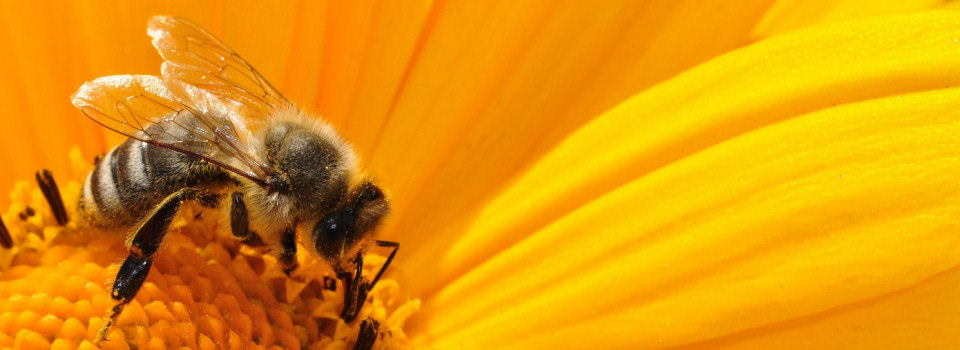December transforms homes into monuments; glittering lights span roof to tree. But underneath this annual celebration of holiday light installation lies an environmental effect many people hardly consider. Turn on the switch to reveal what is going on behind the front. Our site!
Ever see the lights of communities visible thousands of feet above a night flight? Those shining outlines do not just show up. Holiday lights are supposed to run just in the United States annually using about 6.6 billion kilowatt-hour of electricity. That incredible statistic is almost equal to the annual electrical use of over 800,000 average homes. That represents a sleighload of power. And as most of the electricity still comes from fossil fuels, the carbon emissions from these seasonal displays increase quickly.
Positively, LEDs have sparked a revolution in energy efficiency. Replacing old incandescent bulbs with LEDs helps households use up to 80% less electricity for the same sparkling effect. Professional installers have jumped onboard typically recommending LED alternatives that cut the juice and last years longer. Still, not all decorators use the greener lights, which wastes a lot of energy and bulb lifetime.
Using ladders, extension cords, big trucks laden with rolls of wire, professional setups put logistics first. The impact on the environment beyond simple power use. Many installers travel great distances on the road and even visit several dozen homes every day. Think about empty vans, environmental damage, and extra packaging from all those new light strings. More greenhouse gases can be generated even from the way exhibit items are preserved and maintained all year round.
Then comes disposal, far from a shining end. Broken lights and cables fly annually. Older kinds of holiday lights in particular comprise glass, plastic, and occasionally trace of lead—a mix that does not fit well in landfills. Not everyone knows, though, that a few recycling organizations take these strings.

